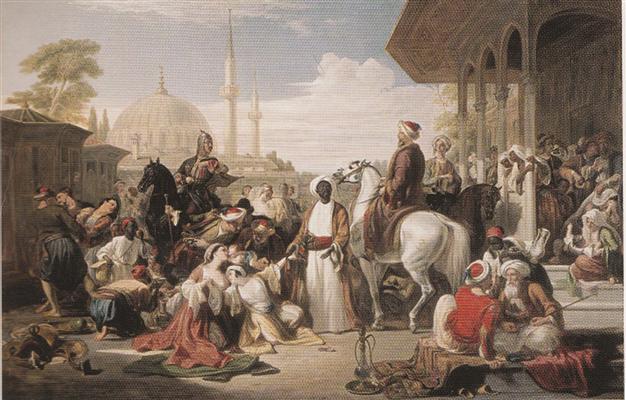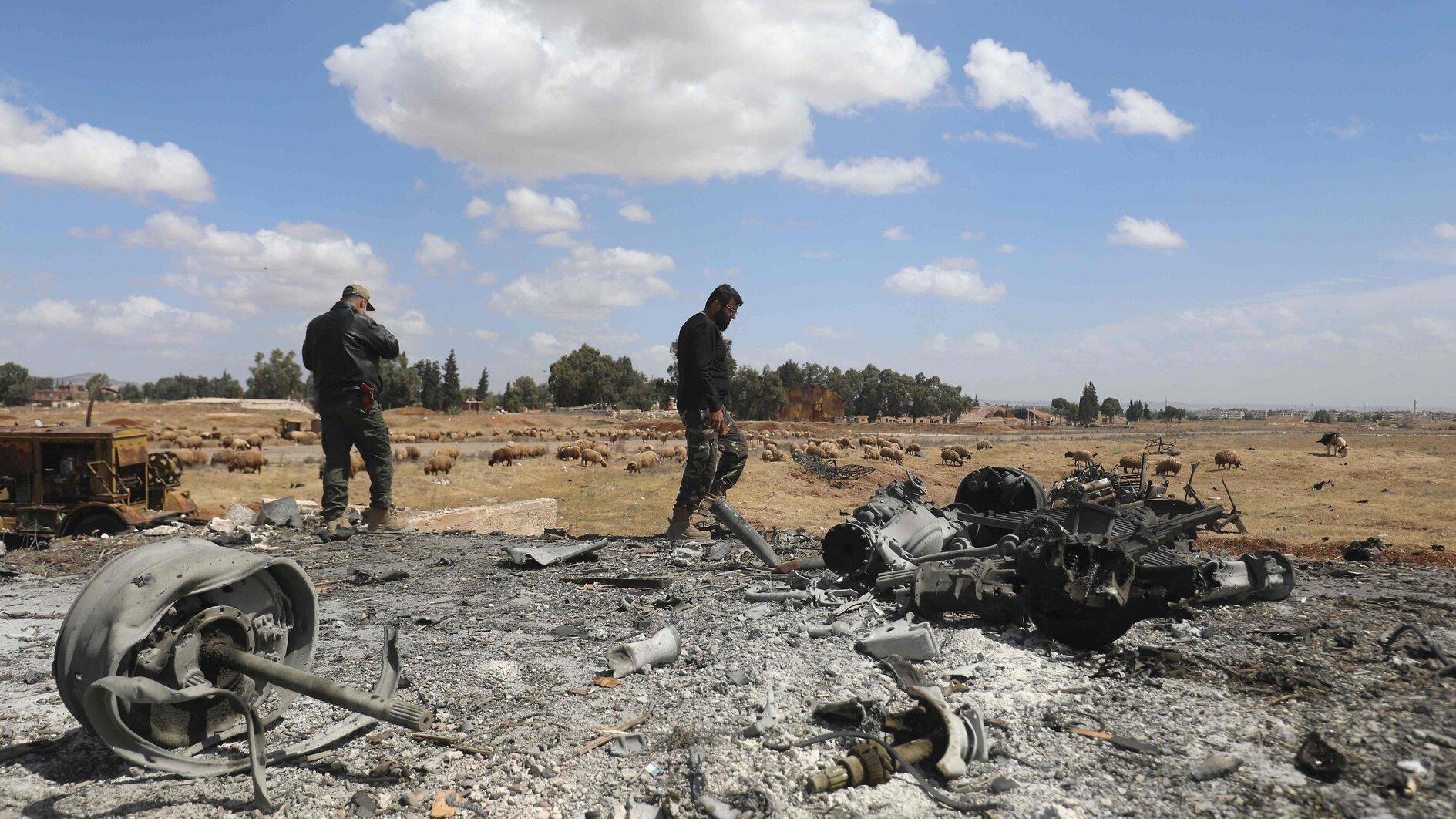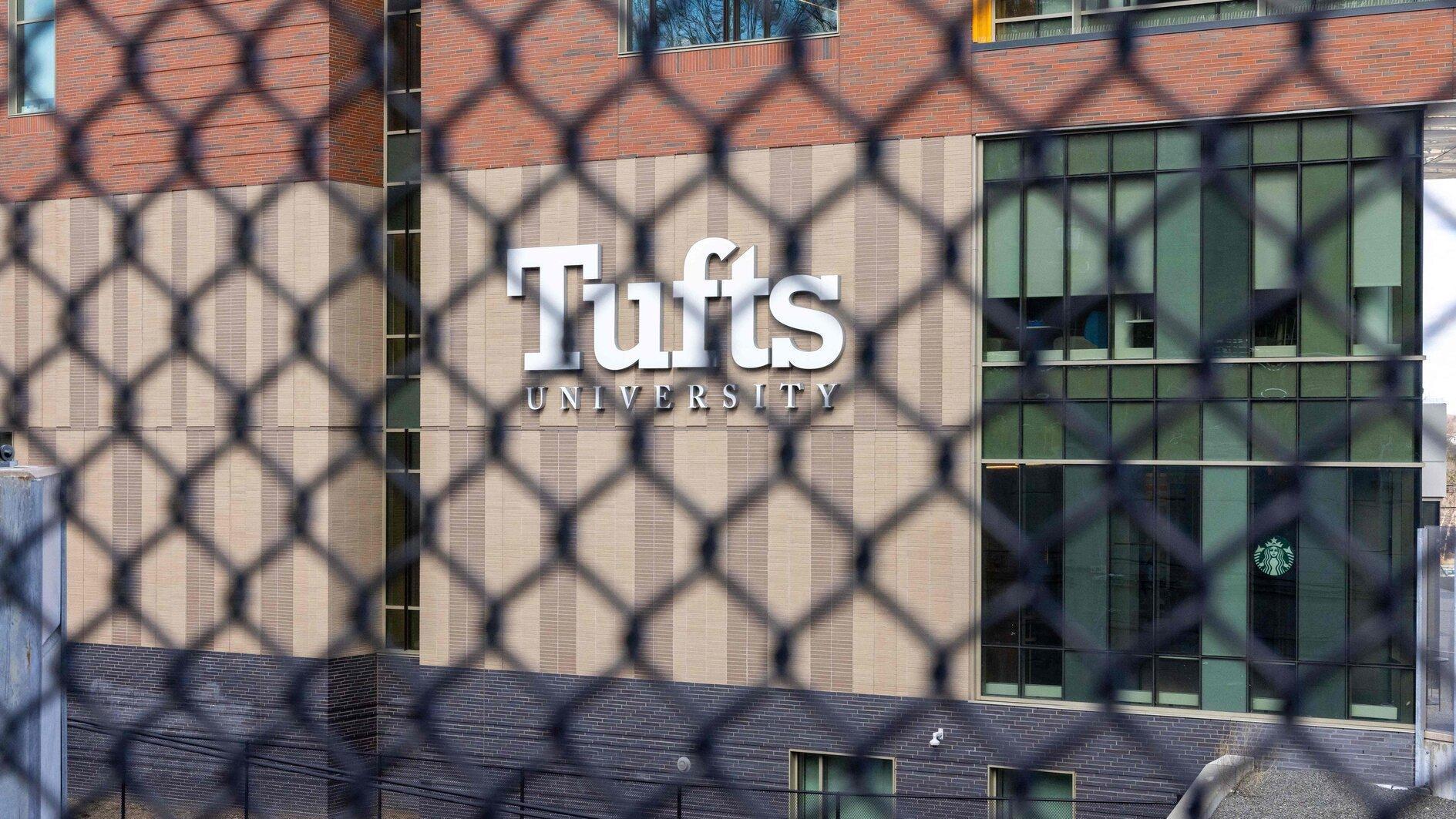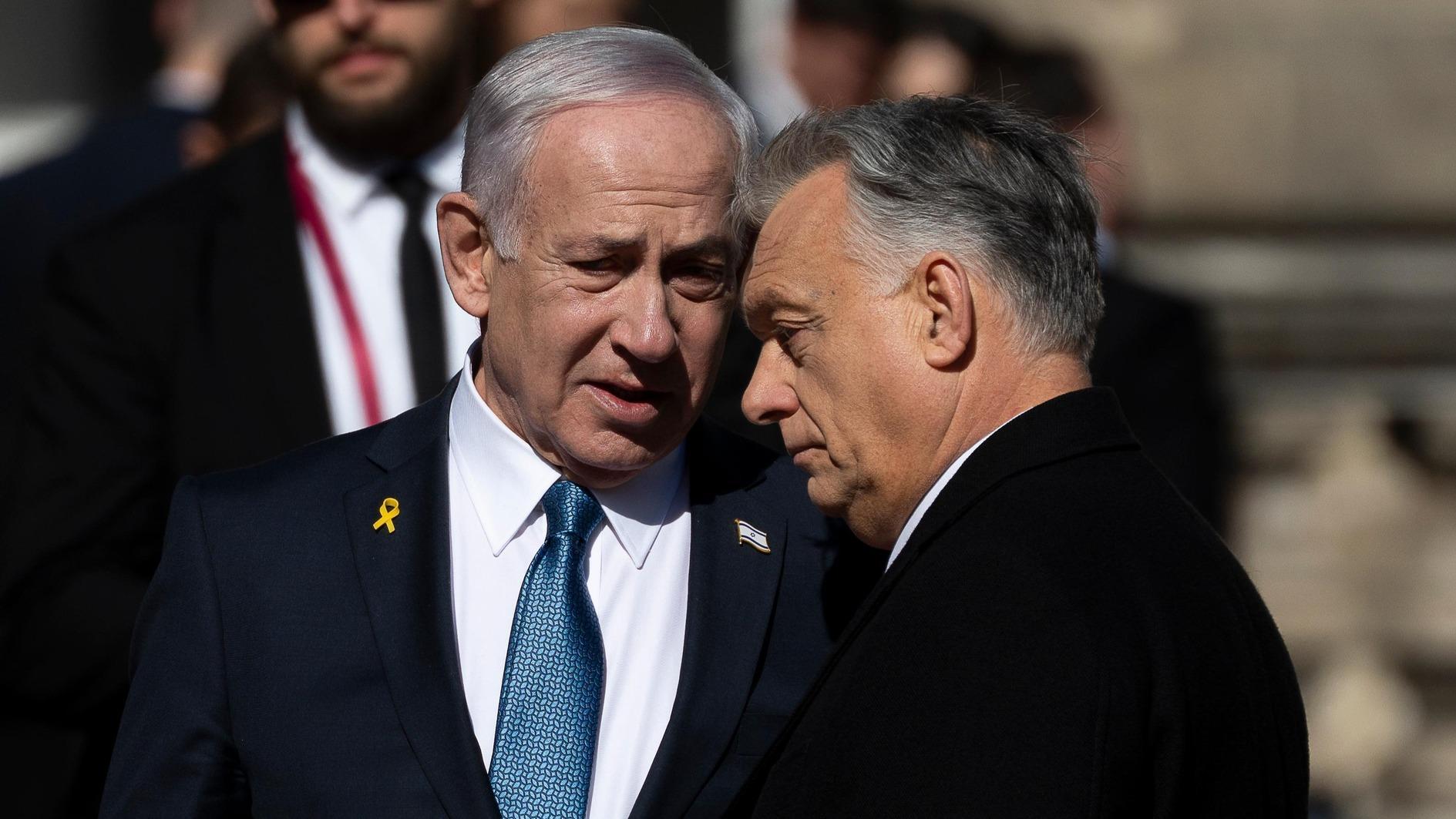Slavery among the Ottomans
NIKI GAMM ISTANBUL - Hürriyet Daily News

The most attractive women would first be offered to the sultan or to a high official, who wanted to buy one to present to the imperial harem as a gift.
Today’s society frowns on slavery as an institution, and one has only to look at the section on CNN.com International devoted to the elimination of slavery to see that it is now a mostly underground activity. But slavery has been acceptable and legal in many countries for millennia, and certainly it was legal in the Ottoman Empire just as it was in European countries at the same time.Islam forbids Muslims from enslaving people, but there are exceptions. One such condition was if a non-Muslim was captured in wartime. This, however, turned into a situation in which one could buy a slave who was not a Muslim, such as men and women from Circassia or Africa. The Ottomans turned the capture of non-Muslims into a lucrative business by arranging for their captives to be ransomed.
After all, owning a slave is expensive, and Islamic law spelled out a slave’s rights, such as the provision of shelter, clothing, food and medical care. There were even provisions for slaves involved in legal cases, wanting to marry and freeing the children of a union between an owner and a female slave. To free a slave was considered an act of piety and was most often done via an owner’s last will and testament.
Hürrem Sultan ‘refused to have sex’
A non-Muslim slave who converted to Islam wasn’t necessarily freed by such an act, but it could result in social advancement. There is one story about the way Hürrem Sultan is supposed to have convinced Sultan Süleyman the Magnificent to marry her. She converted to Islam and then refused to have sex with the monarch until he officially married her. It makes for a good story but that’s all it is. A slave in imperial service could go very far up the ranks, reach the position of grand vizier, and even marry the daughter of a sultan.
The slave market in Istanbul was located between Nuruosmaniye Mosque and Atik Ali Paşa Mosque in an area known as the Tavukpazarı (Chicken Market). Today this district is covered with tiny stores that have sprung up around the entrance to the Grand Bazaar and a parking lot that always seems to be full. This market was overseen by a sheikh and a steward who held an imperial rank. The composer, musician and poet Buhurizade Mustafa Itri Efendi was given the rank of slave steward for the slave market and held it until he died in 1712. This suggests the position was considered honorable at the time. (In February UNESCO proclaimed 2012 the year of Buhurizade Itri Efendi. If you want to become better acquainted with him, look at the back of the 100 Turkish Lira note.)
The market, set off behind a wooden gate, consisted of small wooden rooms, fronted by covered terraces where the dealers and prospective customers could meet and chat before getting down to business. A sketch in the Victoria & Albert Museum shows very clearly that no one appears to be in much of a hurry, somewhat like the Grand Bazaar today. According to Noel Barber, the dealers were open for business from 8 a.m. until midday except on Friday.
One estimate suggests that at any one time 20 percent of Istanbul was made up of slaves. Even moderately well-off families could afford one slave to carry out the basic chores in a house. The sultan, for instance, was entitled to one-fifth of all the men captured in war. From the time of Fatih Sultan Mehmed, the ruler used slavery as a means of ensuring his own safety and the safety of his throne by establishing a palace school. All participants were the personal slaves of the sultan and they were educated and trained in manners, literature and arms. Those who were the very brightest continued on with their schooling and were able to be promoted to higher and higher ranks within the palace itself or the bureaucracy. The less intelligent would be assigned to elite military units which either served as palace guards or held key positions whenever the army went to war. Slaves, however, became less important as time went by since officials who had been educated in the palace wanted their sons to be educated there. The same held true for members of the military.
Most attractive woman offered to sultan
Where women were concerned, the most attractive who were brought to Istanbul to be sold would first be offered to the sultan for his harem or to a high official who wanted to buy one to present to the imperial harem as a gift. The mothers of the sultan and at times his sisters and daughters entered into what became a serious competition. They would purchase promising young girls who usually were around 12 years old. These girls would be educated and trained in reading, writing and various skills.
The girls who showed the most promise would be given assignments which would put them in a position where they would be seen by the sultan. For example, they might be given the task of helping the woman who presented the sultan with coffee. If the sultan bedded one of these slave girls, she might become the mother of a future sultan, a position which would bring her power. (The odds of winning the lottery are probably better.) Those who didn’t find favor might continue as servants, teaching the younger girls or helping with the administration. Or they might be given a dowry and married off to one of the military men assigned to a position outside the palace. If they were given property, as slaves, their property would be subject to forfeiture upon death. Certainly that is what usually happened to any property given to a female member of the dynasty, including jewelry.
Islam forbids castration and it is claimed that the job was invariably carried out by Christians. Eunuchs were in demand, and the most popular seem to have been blacks from Africa. They played an important role in the Ottoman palace since they were able to be the interface between the women of the harem and the outside world.
SLAVE MARKET CLOSED DOWN IN 1846
The slave market at Nuruosmaniye was closed down in 1846, but the closure didn’t stop sales.
Circassian women to serve as concubines and blacks were sold elsewhere. Some were available in hans in the Fatih district, while the Circassians were sold in Tophane’s Karabaş area. Slavery was abolished in the Ottoman Empire during the 19th century but probably persisted illegally into the first half of the 20th.
















